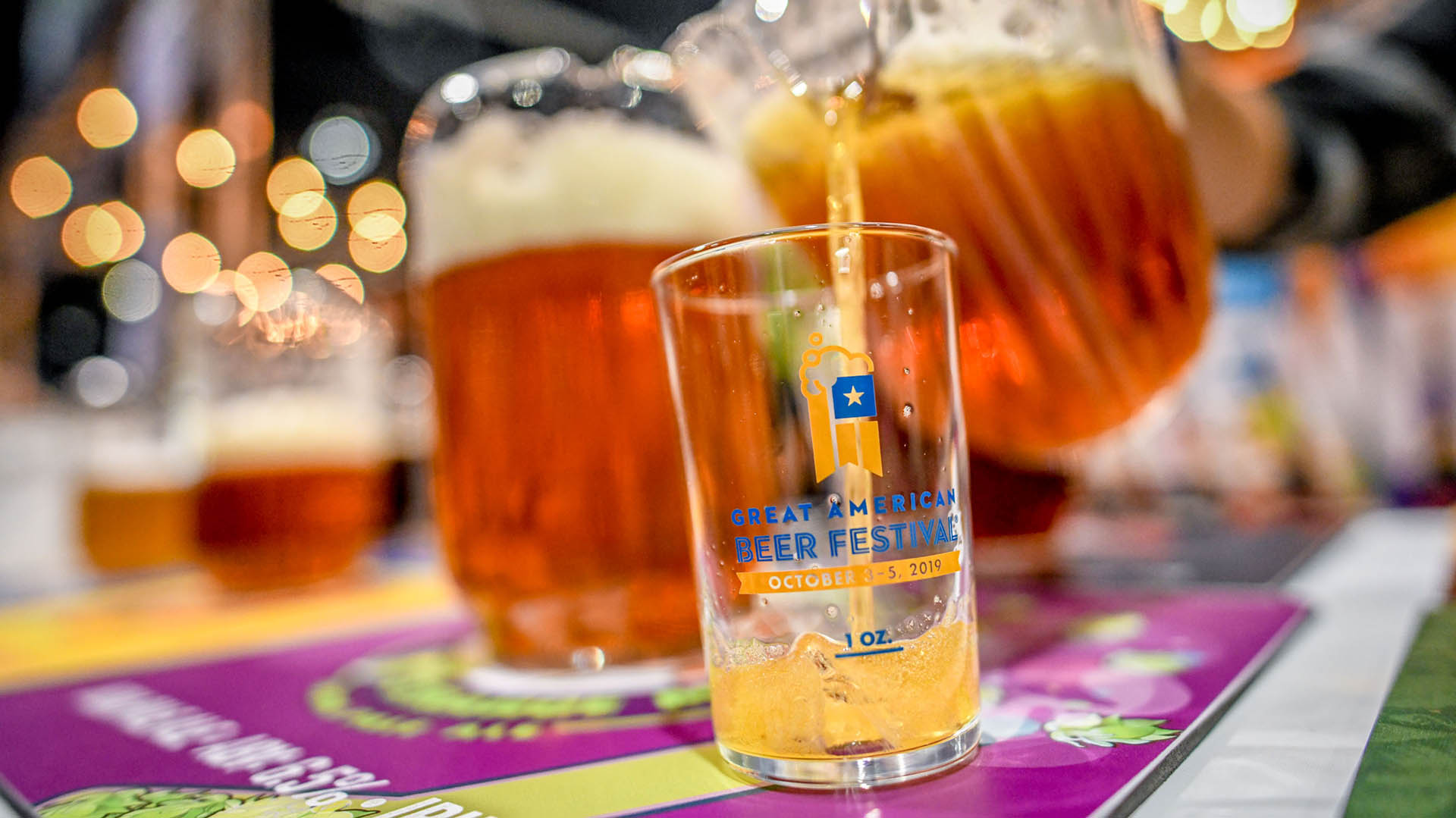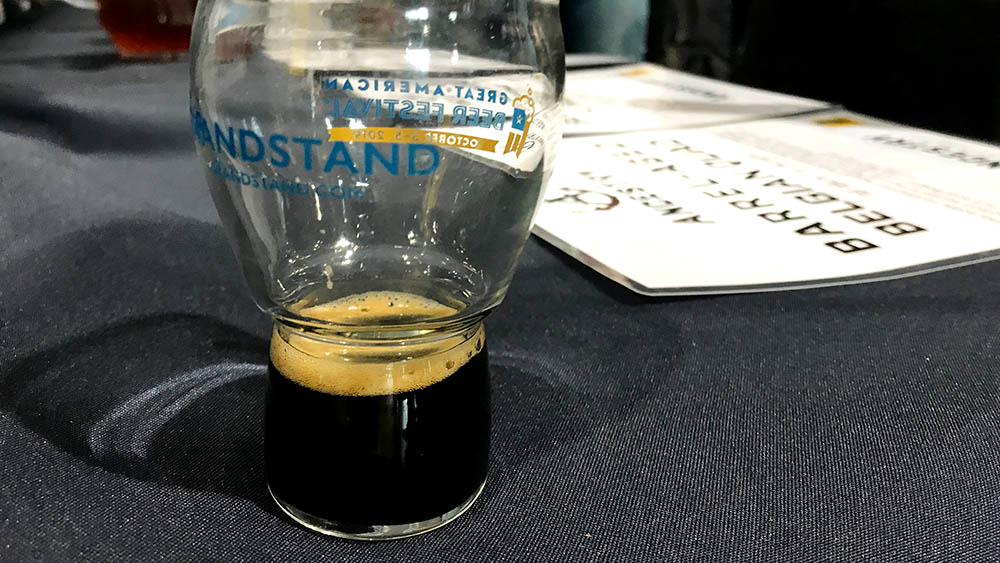Trending Beers At Great American Beer Festival Offer Glimpse Into Our Fizzy Future
Last week, roughly 60,000 people descended on Denver for the 38th annual Great American Beer Festival, during which 800 breweries poured 4,000 different beers. With that many beers in one place, it's difficult to cut through the noise to analyze what beers are new, which ingredients are trending, and what it all means for the future of American beer. Luckily, this wasn't my first GABF rodeo.
Compared to years past, I noticed a few trends that were either completely new or had gained momentum in 2019. While IPAs and barrel-aged stouts still dominate a lot of tap lines at the festival, I was encouraged to find a diversity of styles and interpretations of those styles from the attending breweries. Below are the four trends that bubbled to the surface at the 2019 festival, and which we'll likely see more of in the year to come.
Esoteric lagers
Last year, I saw more easy-drinking beers than I had in years past, as breweries balanced their boozy offerings with lagers and cream ales. This year, rather than just seeing beers just named "lager" or "pilsner" at breweries' booths, I noticed brewers were more deeply exploring the lager style with esoteric or historic angles.
Austin, Texas-based Live Oak Brewing's booth described its Pre-War Pils as brewed according to a 1912 recipe, using a cereal decoction mash and 35% corn in the grain bill to mimic "early American lager brewing." Astoria, Oregon-based Fort George Brewery + Public House also offered a high-brow spin on a lager with its Cathedral Tree Barrel-Fermented Pilsner, which fermented in oak puncheons (giant barrels) that provide the beer "a mellow tannic structure that lends a full mouthfeel and support for classic German Noble and modern hops." After my own Miller High Life-loving heart, Oasis Texas Brewing Company out of Austin brought its Champ Pils, a German pilsner fermented a second time with Champagne yeast to create even more effervescence.
As consumers become more familiar with craft lagers, I expect to see more exploration of the nuances of that broad category. Maybe we'll see more schwarzbiers next year?
Amburana wood-aged beers
Call this a microtrend, but it's something I hadn't seen much in years prior: beers aged on amburana wood. The wood comes from South America (usually Brazil) and is often described as adding a spicy or tropical note to beers. After watching Denver Beer Co.'s Amburana Dream win a gold medal in the Wood- And Barrel-Aged Beer category of the GABF competition, I beelined for the booth of Louisville, Kentucky-based Against The Grain. Against The Grain was pouring 70K Amburana Wood-Aged Stout—a medal winner itself the previous year—which is an imperial stout aged on that specific Brazilian wood. The beer did indeed have bakery-familiar flavors of milk chocolate and coconut flakes, familiar yet not the same as the vanilla or caramel notes a bourbon barrel would impart.
Having seen Tampa, Florida's Cigar City Brewing collaborate on a few amburana-wood-aged beers this year, I'm willing to call this the next interesting ingredient in stout brewers' tool kits for 2020.
Non-alcoholic beers
Though non-alcoholic craft beers have been on the rise in the past couple years, I was surprised to see a handful of non-alcoholic beer booths at the famously bacchanalian festival. (Breweries pay to have booths at the festival, and they don't come cheap.) Additionally, the GABF competition—a prestigious and competitive one—brought back its Non-Alcoholic beer category for 2019 after a 15-year hiatus. The category only had 17 entries, compared to other categories that saw between 40 and 300 entires, but still—that's 17 more than last year.
Sweet-tooth IPAs and stouts
For all every easy-drinking pilsner or amber ale at the festival, there were probably three marshmallow-, mango-, s'mores-, oatmeal cookie-, pineapple-, or peanut butter cup-flavored stouts and IPAs vying for attention. Part of this reflects breweries' desire to bring "show-stopper" beers to the festival, but part of it also reflects how nuts many drinkers are for pastry stouts and milkshake IPAs. I asked for a sample of Greeley, Colorado-based WeldWerks Brewing's barrel-aged peanut butter stout early on to taste what the lines were forming for, and I see the appeal... in a one-ounce serving. It tasted like a melted candy bar. Lines also formed for Rochester, New York's K2 Brothers Brewing, which was serving its popular Strawberry Cheesecake Milkshake IPA, among other fruity offerings. I also saw drinkers' interest in beers named Passion Fruit Mochi Milkshake IPA and Vanilla Fudge Imperial Chocolate Vanilla Stout. I'm sorry to break it to those who prefer "beer-flavored beer," but these dessert IPAs and stouts are here to stay—for another year at least.

